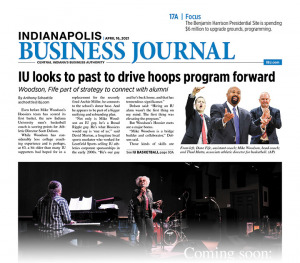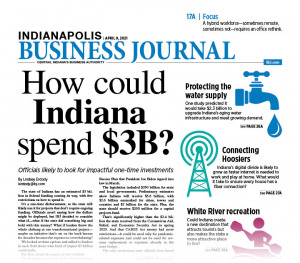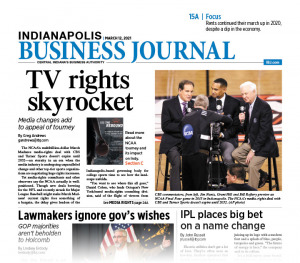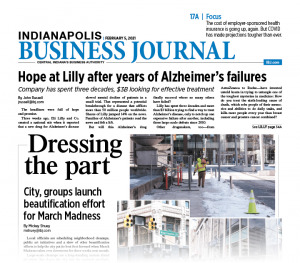
MAY 28-JUNE 3, 2021
The theme for IBJ’s latest Innovation Issue might be disturbingly familiar: Disruption. But as the now-trendy saying goes, “Never let a good crisis go to waste.” Tom Fisher, chief digital officer for KAR Global, explains how the auto-auction company went all-digital in just two weeks after the pandemic disrupted its sales model. Kurt Christian details how manufacturers are adjusting to the global semiconductor shortage. And Anthony Schoettle provides some of the most recent examples of local entrepreneurs who are introducing disruptive products and services to their markets with big-step innovations, including Chris Baggott’s ClusterTruck.

















